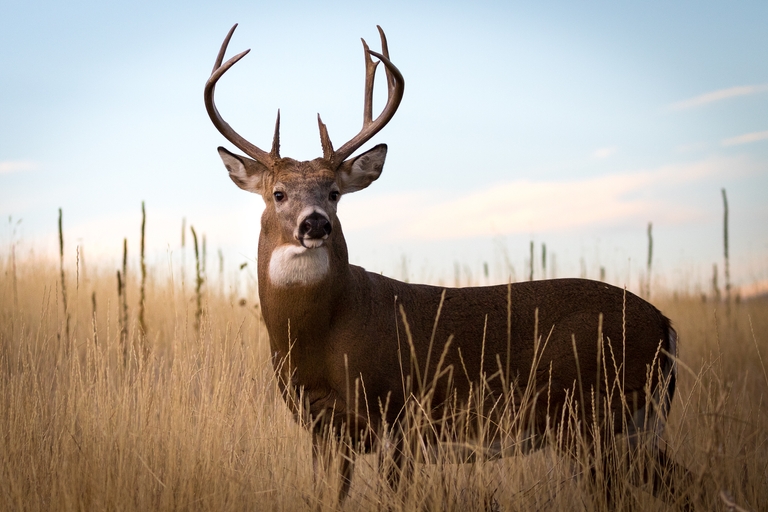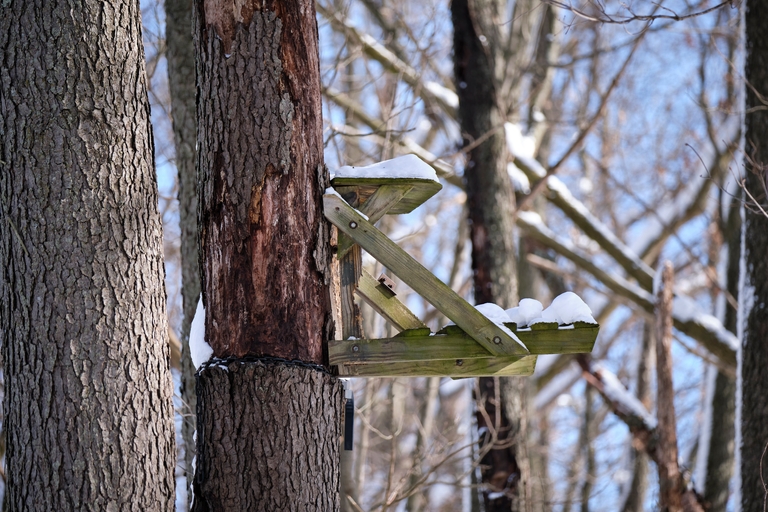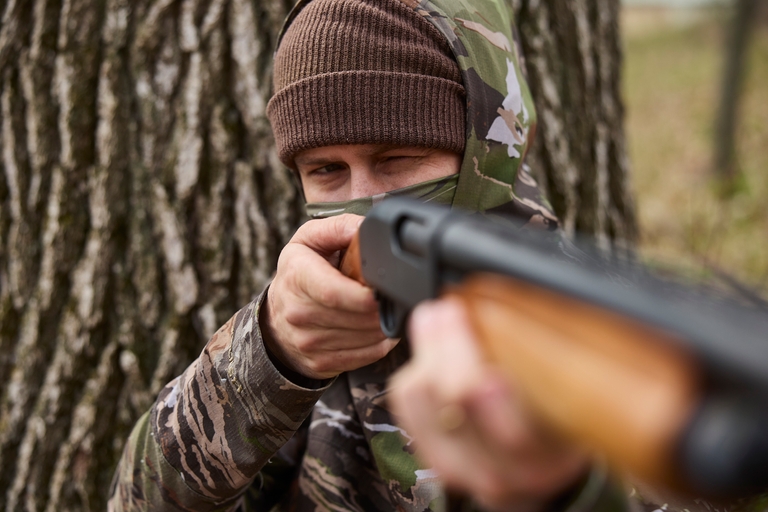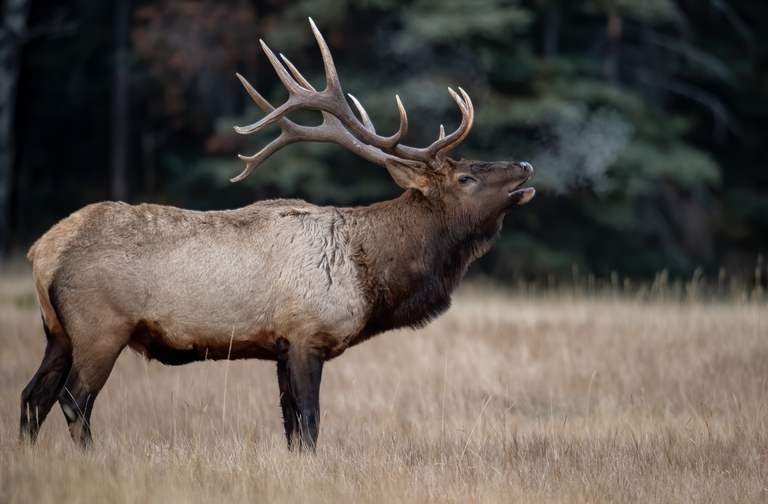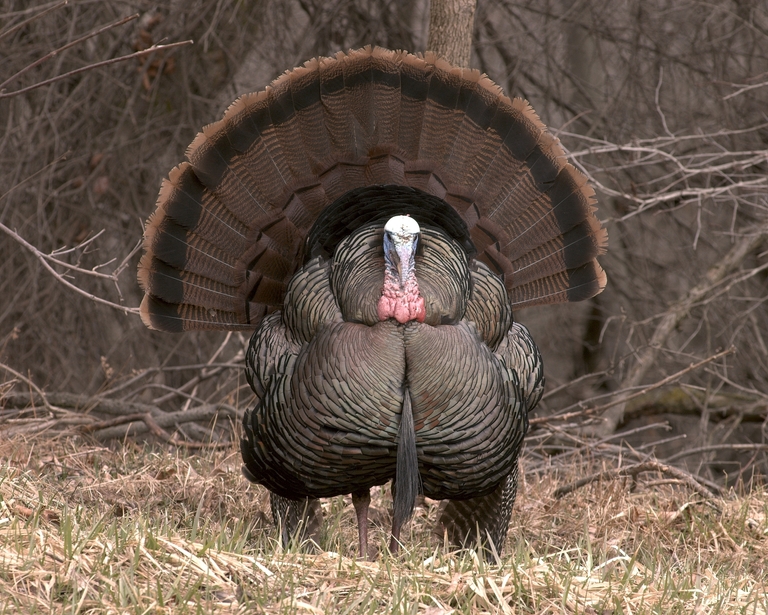4 Scouting Tips for Hunting Turkey
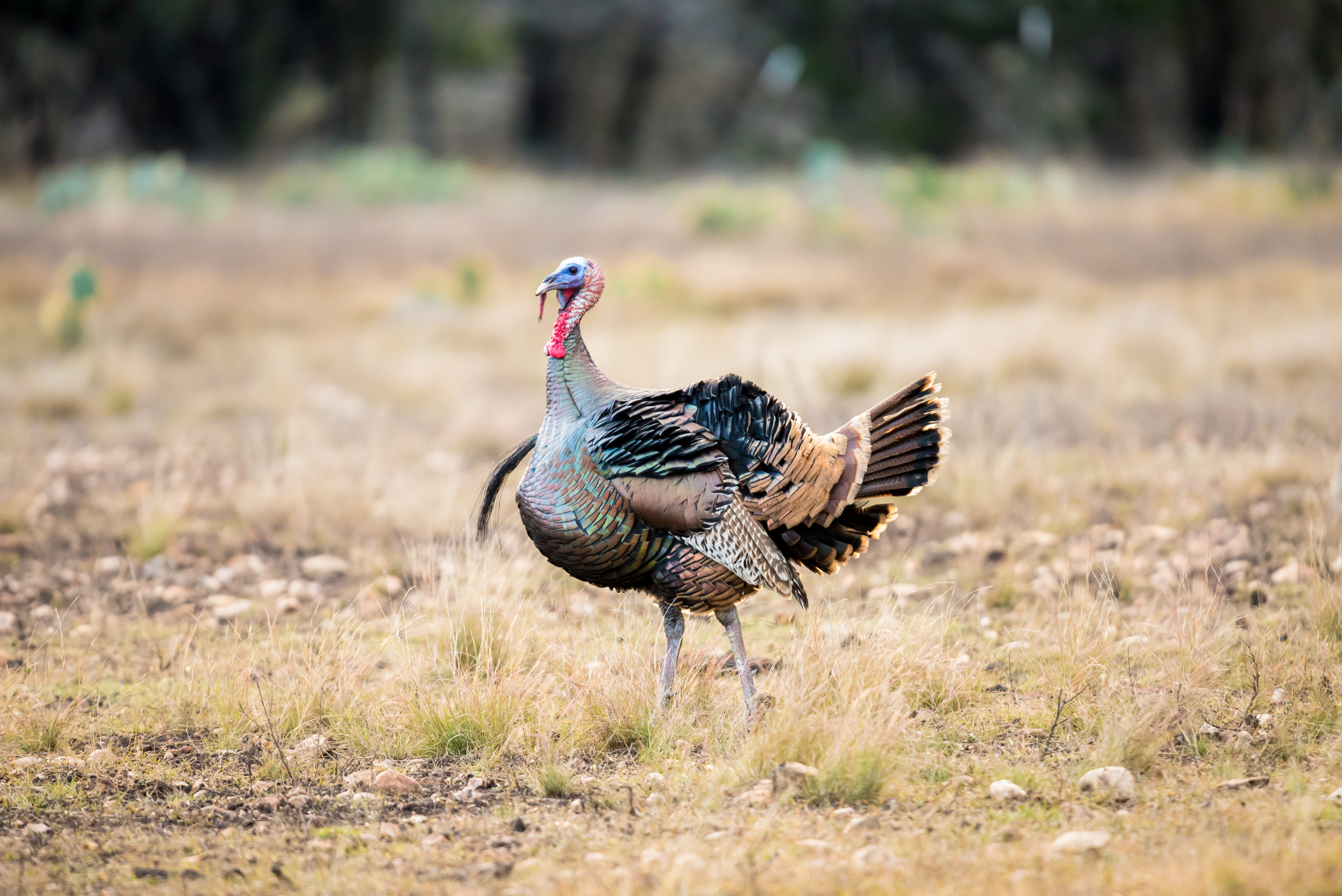
Scouting land to hunt turkey this time of year is an important part of the hunting experience for hunters, both seasoned and amateur. Diligent and thorough pre-season scouting can lead to better bird location, more game plan options, and increased odds of scoring.
So, where should you start? Here's a scouting overview with four of our best tips for hunters new to the sport or those who need a quick refresher.

1. Pre-Planning: Know Where to Hunt
As you plan your turkey hunt, success is all about location, location, location.
Choosing between public and private property is usually the first step in deciding where you hunt. If a particular piece of private land catches your eye, many landowners and farmers are open to hunters who want to chase turkeys. However, always get a landowner's permission before you begin hunting on their property.
You can also contact a government organization, like your state wildlife agency, for public recommendations. From there, review the location using an app or aerial map from Google Maps.
Big Game Logic explains how a wide view of the area not only familiarizes you with a target spot but also allows you to determine how turkeys may enter and exit the location.
2. The Trek: Road Scouting
ATVs, SUVs, and pickup trucks are top vehicles for your hunting adventure. As a hunter's No. 1 choice, trucks offer the horsepower, bed space, and ability to traverse rugged land, so make sure to equip your truck with all-terrain tires that have reliable traction and tread surface to handle all types of on- and off-road hunting adventures.
For novice hunters, your four-wheel drive truck can be a valuable asset while hunting. You can scout entirely from your truck behind a pair of binoculars, especially in the morning.
Before the sun rises on a calm, clear morning is the best time of day to know where turkeys go after coming out of a roost. You'll also be able to hear their whereabouts.
During this pre-dawn scout, stop often to hoot and listen. Observe the sand, mud, and dirt beneath you to identify any signs of a bird. Keep an eye out for toe trackings, droppings, and feathers that can lead you to a win.
Be aware that you can only scout on approved roads and that hunting from your vehicle is illegal in most cases. Exceptions are sometimes made for hunters with disabilities, but check your state's hunting regulations for specifics.
3. Find the Hens: Refining Gobbler Hunting Skills
Calling hens can be an excellent way to find more birds and improve your chances of a successful hunt. We found a few expert tips for hunting from three national turkey-calling champions.
Shane Hendershot, a two-time national grand champion, explains that one of his most deadly tactics is to disguise himself as a flock of turkeys rather than just a single bird. Different calls can include gobbler yelps, a box or pot call, diaphragm in mouth, and kee-kees.
Mitchell Johnson, 2009 world friction calling champion, adds that reading a bird's mood is also important. Try out different calls with a clear or raspy voice to see which one attracts the turkey's response. Stick with that call, then resort to silence to bring in the tom if it stops moving and stays in one place.
For Ben Yargus, 2008 grand national champion, once he knows where specific birds regularly roost throughout the season, he'll use a small saw to cut tree limbs and build a natural blind to conceal himself during calls. Make sure the blind is tall enough to hide behind yet small enough for you to swing your gun into action.
The closer you can get to the turkey, the better you can observe their behavior to your advantage.
4. Choose a Hunting Partner: Two is Better than One
One great benefit of hunting as a team, rather than solo, is that each hunter brings a different skill set to the hunt. A pair can also utilize better strategies that can be difficult to deploy alone.
Rex Reynolds, a passionate turkey-hunting sportsman and Wild Turkey Report contributor, shares that each hunter can scout and roost birds in two different areas as options for the best hunt. Then, by morning, your team can meet up to exchange ideas, decide on the best one, and execute different calling styles.
A two-person setup is also advantageous: As one hunter serves as a caller, the shooter can run a good distance ahead, even throwing out a few yelps and preparing to shoot once the turkey enters the shooting range.
For more information about wild turkeys and hunting, we recommend checking out the National Wild Turkey Foundation, an excellent online hub for the hunting lifestyle. From hunting tips and wildlife conservation information to event listings and additional resources, you'll find great resources to enhance your turkey hunt.
Put Safety First When Hunting Turkey
Before you start scouting land and practicing your turkey calls, prioritize safety for your next hunt! Whether you're a new hunter or you've become a seasoned hunter with some experience, having a hunter safety certification is a good idea.
Hunter-ed offers online courses you can take at your convenience. These courses are state-approved and simple to complete. Select the course for your state to prepare for your first hunt or brush up on your safety knowledge to keep you and your hunting partner safe this season.
Originally published October 28, 2016. Updated January 22, 2024.


